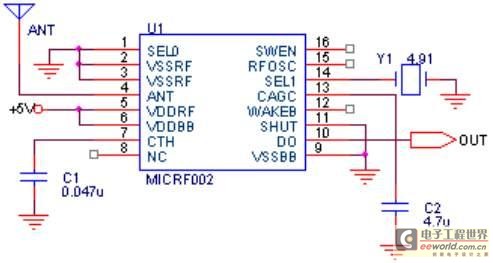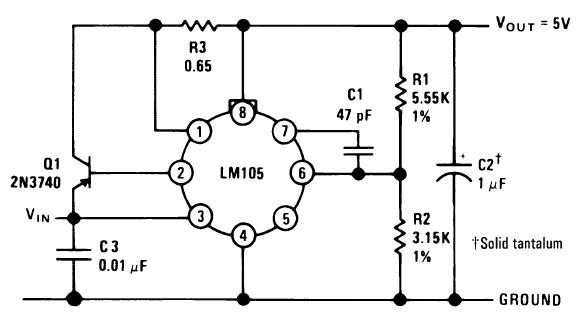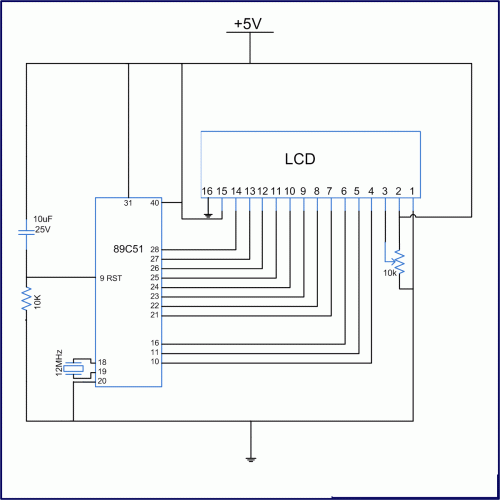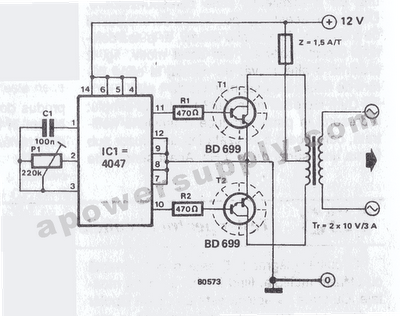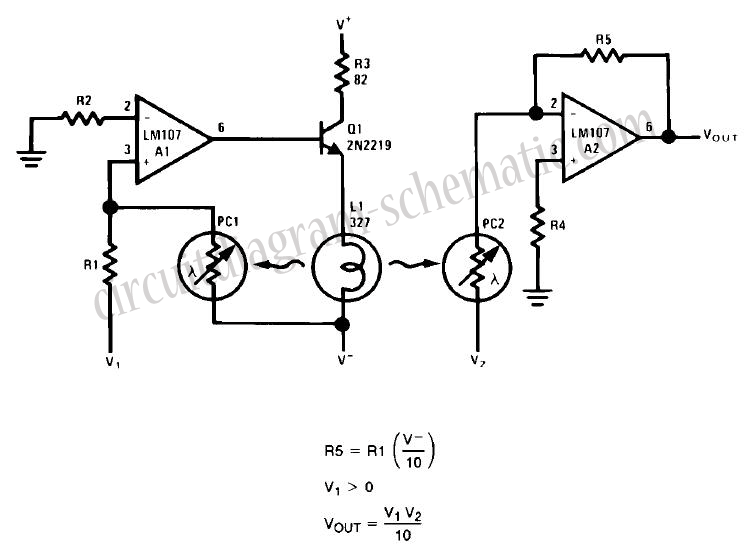
LES produced using blackout emergency lighting
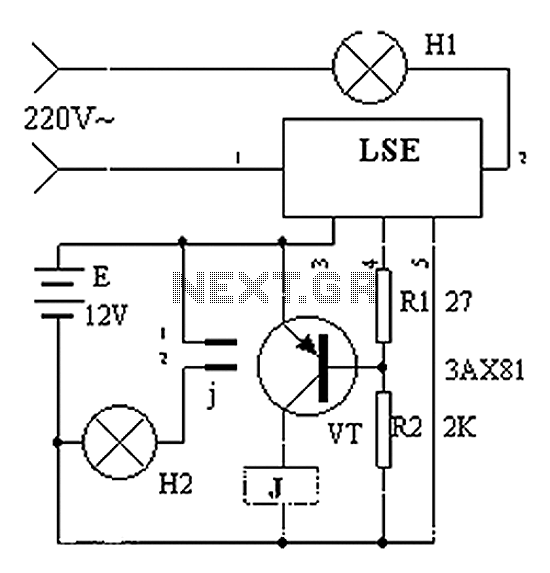
The circuit operation principle of the device illustrated in Figure 11 addresses the frequent occurrence of power outages, particularly in critical situations where continuous power supply is essential, such as during surgeries. The circuit employs a simple design that is fully automated. When 220V AC is present, lamp H1 illuminates, and the output from the LSE is at a high level, causing transistor VT to become inactive, which results in relay J being released and lamp H2 remaining off. In the event of a power outage, H1 turns off, the output from the LSE drops to a low level, leading to the conduction of transistor VT. This action activates relay J, which in turn powers lamp H2, allowing for an automatic transition between the two lamps during power interruptions.
The described circuit is a critical power management system designed to ensure continuous lighting during power failures. The primary components include a light source (H1), a backup light (H2), a relay (J), and a transistor (VT) which acts as a switch. The LSE (Light Sensing Element) monitors the AC power supply status. Under normal operating conditions, when the 220V AC supply is stable, H1 serves as the primary light source, illuminating the area. The high output from the LSE keeps the transistor VT in the off state, preventing the relay from engaging and keeping H2 turned off.
Upon detecting a power outage, the LSE output drops, triggering the conduction of transistor VT. This change activates relay J, which connects the power supply to lamp H2, thereby illuminating it as a backup light source. This automatic switching mechanism ensures that there is minimal disruption in lighting, which is particularly vital in environments requiring constant illumination, such as medical facilities.
The circuit's design emphasizes reliability and simplicity, ensuring that the transition between H1 and H2 is seamless, thereby providing a practical solution to power interruption challenges. The use of a relay for switching between light sources allows for a robust method of maintaining lighting without the need for manual intervention. This automated system is particularly beneficial in critical applications, enhancing safety and operational efficiency during unexpected power outages. Circuit operation principle of the device shown in Figure 11. Power outages are frequent thing, but some occasions, the power does not allow (such as the ongoing surgery, etc.) . LSE with simple circuit design, fully automated. When 220V AC, the lamp H1 lights up, while the LSE feet high output, transistor VT end, the relay J is released, it does not shine direct light H2. Once a power outage, H1 off, LSEs pin output low, then transistor VT conduction, the relay J pull, turn the power lights H2, H2 light automatically convert between almost two lights interruption.
The described circuit is a critical power management system designed to ensure continuous lighting during power failures. The primary components include a light source (H1), a backup light (H2), a relay (J), and a transistor (VT) which acts as a switch. The LSE (Light Sensing Element) monitors the AC power supply status. Under normal operating conditions, when the 220V AC supply is stable, H1 serves as the primary light source, illuminating the area. The high output from the LSE keeps the transistor VT in the off state, preventing the relay from engaging and keeping H2 turned off.
Upon detecting a power outage, the LSE output drops, triggering the conduction of transistor VT. This change activates relay J, which connects the power supply to lamp H2, thereby illuminating it as a backup light source. This automatic switching mechanism ensures that there is minimal disruption in lighting, which is particularly vital in environments requiring constant illumination, such as medical facilities.
The circuit's design emphasizes reliability and simplicity, ensuring that the transition between H1 and H2 is seamless, thereby providing a practical solution to power interruption challenges. The use of a relay for switching between light sources allows for a robust method of maintaining lighting without the need for manual intervention. This automated system is particularly beneficial in critical applications, enhancing safety and operational efficiency during unexpected power outages. Circuit operation principle of the device shown in Figure 11. Power outages are frequent thing, but some occasions, the power does not allow (such as the ongoing surgery, etc.) . LSE with simple circuit design, fully automated. When 220V AC, the lamp H1 lights up, while the LSE feet high output, transistor VT end, the relay J is released, it does not shine direct light H2. Once a power outage, H1 off, LSEs pin output low, then transistor VT conduction, the relay J pull, turn the power lights H2, H2 light automatically convert between almost two lights interruption.
